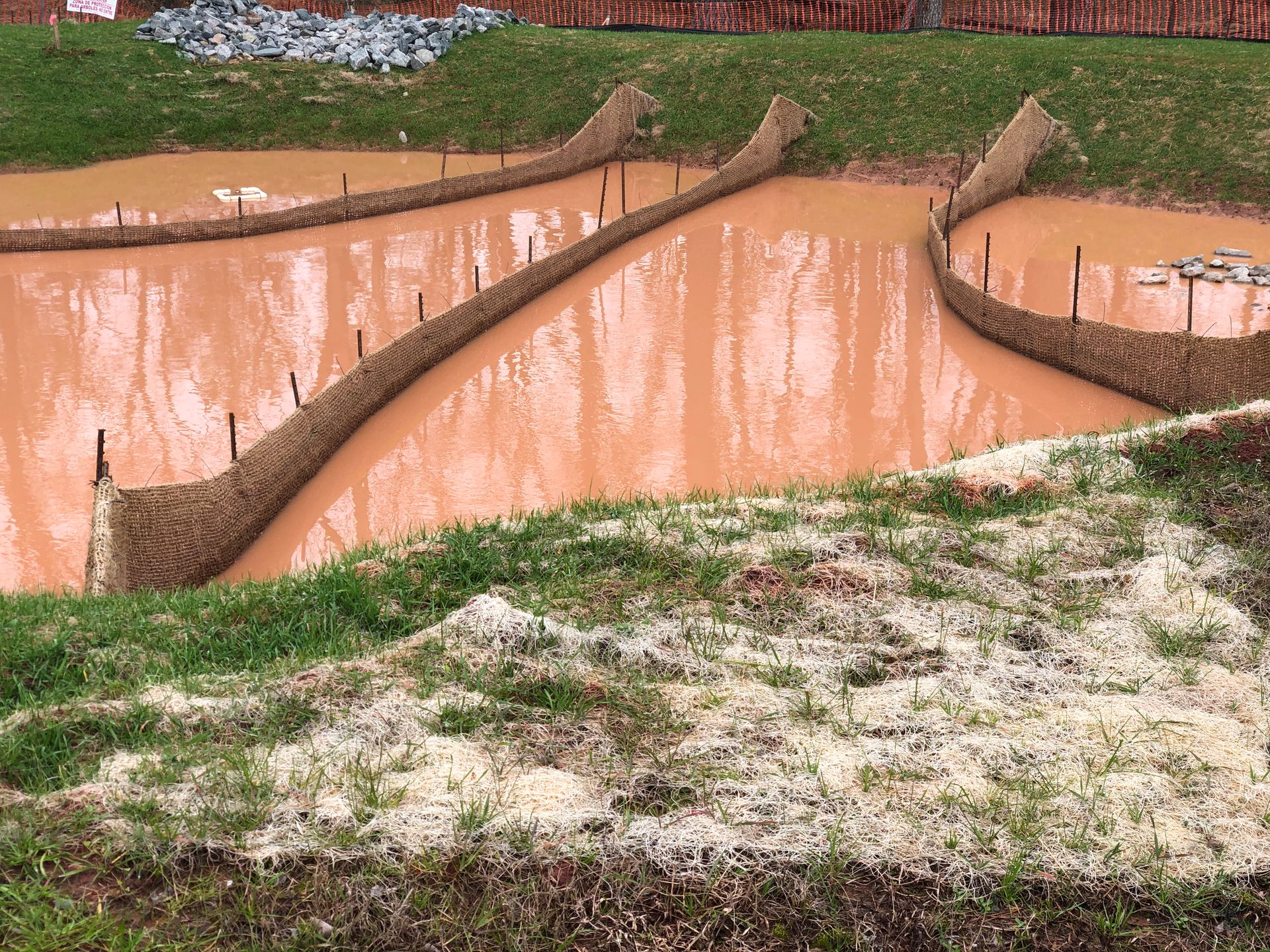Uncontrolled stormwater runoff and soil erosion can lead to a deadly ecological cocktail that leaves your construction company liable for massive fines and punishment.
To prevent such disturbances to the local environment, it’s important to limit your disturbances to the earth beneath you.
Soil stabilization is an often overlooked construction component, especially on smaller projects that don’t require NPDES permits.
Regardless of whether you require such a permit, soil stabilization is an essential environmental practice that all construction companies should be versed in.
This guide will outline the importance of soil stabilization and how to stabilize soil and mitigate the effects of erosion during construction activity.
The Importance of Soil Stabilization
1. Preventing Erosion
- Soil erosion during construction can lead to the loss of fertile topsoil, adversely affecting vegetation, water quality, and aquatic ecosystems. Stabilization methods help minimize erosion, preserving the integrity of the surrounding environment.
2. Ensuring Structural Stability
- Unstable soil conditions can compromise the foundations of structures, leading to settlement issues, cracks, and even structural failure. Stabilizing the soil is essential to ensure the longevity and safety of constructed buildings and infrastructure.
3. Mitigating Sedimentation
- Sediment runoff from construction sites can contaminate water bodies, affecting water quality and aquatic habitats. Soil stabilization measures help reduce sedimentation, protect local ecosystems, and maintain water quality.
Best Methods for Soil Stabilization During Construction
1. Erosion Control Blankets
Installing erosion control blankets, also known as matting, helps prevent soil erosion by providing a protective cover. These blankets are typically made of natural or synthetic materials and are anchored to the soil surface to mimic the effects of vegetative cover.
2. Sediment Basins
Constructing sediment basins on construction sites allows sediment-laden water to settle, reducing the amount of sediment entering nearby water bodies. This method allows crews to treat water before being discharged and to dispose of dislodged sediments accordingly.
3. Silt Fences
Silt fences are commonly installed on slopes. They are constructed out of metal posts and a geotextile fabric that traps sediment and filters water as it passes through. These fences are also commonly used along the perimeters of construction sites to control sediment runoff.
4. Vegetative Cover
Establishing and maintaining vegetative cover, such as grass or cover crops, helps stabilize the soil. Plant roots bind the soil particles, reducing erosion and providing a natural barrier against sediment runoff.
5. Hydroseeding
Hydroseeding uses a slurry mixed with seeds, mulch, and other additives that are applied onto the soil surface. This promotes rapid vegetation growth (often faster than mulch), enhancing soil stability and preventing erosion.
6. Soil Binders
Soil binders, including organic or synthetic polymers, can be applied to the soil to improve its cohesion and stability. These binders create a protective layer, minimizing erosion and sediment runoff.
7. Terracing
Terracing involves creating flat areas on sloping terrain, reducing water runoff, and preventing soil erosion. This method is particularly effective on hilly construction sites.
8. Slope Drains
Slope drains consisting of downspouts allow sites to redirect stormwater discharge down slopes without exposing surfaces to rushing water.
9. Check Dams
Check dams are temporary structures built across water channels to slow down water flow, reducing its erosive potential. These dams help control sediment transport and prevent downstream sedimentation.
10. Stormwater Management Practices
Implementing additional stormwater management practices, such as detention ponds and infiltration basins, helps control the quantity and quality of runoff, reducing soil erosion.
Be sure to partner with an erosion control company that specializes in stormwater management, such as drafting an SWPPP, so you can create a plan for soil stabilization early in the construction process to avoid any liability.
Frequently Asked Questions (FAQs)
Why is soil stabilization important during construction?
Soil stabilization is essential during construction to prevent soil erosion, ensure structural stability, and mitigate sedimentation, preserving the environment and reducing the impact on water bodies.
How do erosion control blankets work?
Erosion control blankets provide a protective cover on the soil surface, preventing erosion. They are typically made of materials that allow water to penetrate while trapping soil particles.
What is the purpose of sediment basins on construction sites?
Sediment basins capture sediment-laden water, allowing sediment to settle before the water is discharged. This helps control sediment runoff from construction sites.
How do soil binders improve soil stability?
Soil binders, whether organic or synthetic, enhance the cohesion of soil particles, reducing erosion. They create a protective layer that helps stabilize the soil during construction.

